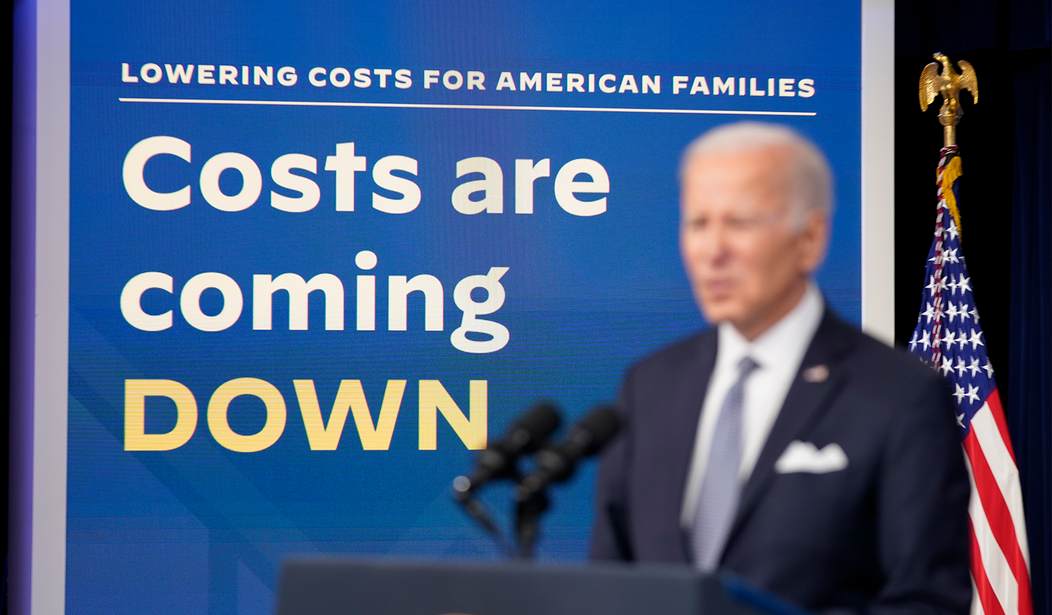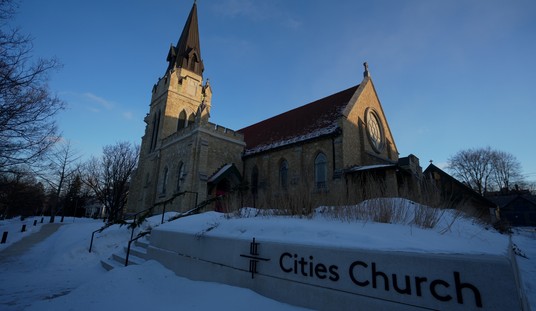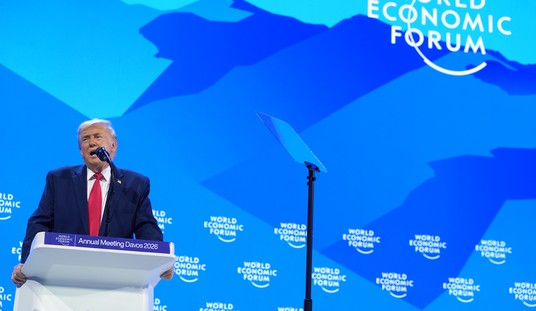There are now some major warning signs that the "soft landing" some experts assumed was coming as far as the economy is concerned may not be coming after all, and it's causing concern among economists.
The biggest clue appears to be what's happening with the bond market in the U.S.
Bond yields are now in the high 4 percent range, and could get into the 5 percent range before much longer. It's creating instability in the market, and the result is that more economic pain is likely coming. According to some analysts, part of the problem appears to be that no one has been right about what's going to happen next.
Yields on the 5-year and 10-year Treasury notes, as well as the 30-year Treasury bond, hit their highest levels since 2007. The 10-year Treasury yield reached 4.8% on Tuesday. Bianco sees 4.5% as fair value.
“We’re just a little bit above fair value right now. I think what you see in the bond market is a capitulation,” noted Bianco. “Most of the year bond investors [and] bond managers have been long. They’ve been trying to argue why we’re going to have a recession. Why there’s going to be a rally. And, they’ve been getting their brains beat in, and they can’t take it anymore.”
The volatility in the bond market is extending to stocks. The Dow Jones Industrial Average saw its worst daily performance since March and is now negative for the year. The S&P 500 and the Nasdaq Composite also closed the day more than 1% lower.
With bond rates sitting above 4.8 percent as of Tuesday, it's likely going to get worse before it gets better.
The yields on the 10-year Treasury note rose 0.119 percentage point Tuesday to 4.801%, the highest level since the subprime mortgage crisis began in August 2007. On Wall Street, the Dow Industrials fell about 431 points, or 1.3%, giving up all their gains for the year. The S&P 500 declined 1.4%. The technology-heavy Nasdaq Composite dropped 1.9%.
If the recent climb in borrowing costs—along with the accompanying slump in stock prices and the stronger dollar—is sustained, that could meaningfully slow the U.S. and global economies over the next year. The swiftness of the recent rise also increases the risk of financial-market breakdowns.
The likeliest causes appear to be a combination of expectations of better U.S. growth and concern that huge federal deficits are pressuring investors’ capacity to absorb so much debt.
So, while the Fed appears to be close to done with raising rates, the economy is still apparently very unstable. And, while all this is happening at the macro level, the micro level of economics is still just as chaotic. Inflation has come down, but it's struggling to get close to the Fed's goal of 2 percent, and American consumers are still worried about the economic prospects of the country.
The fact that economists can't really figure out why any of this is happening is causing more confusion. The lack of answers means that a clearer economic policy is unlikely to come into focus and there is more economic frustration coming. That just happens to also be coming with a major federal election cycle on the way, and everything could go to economic hell right as the presidential campaigns really get going.












Join the conversation as a VIP Member